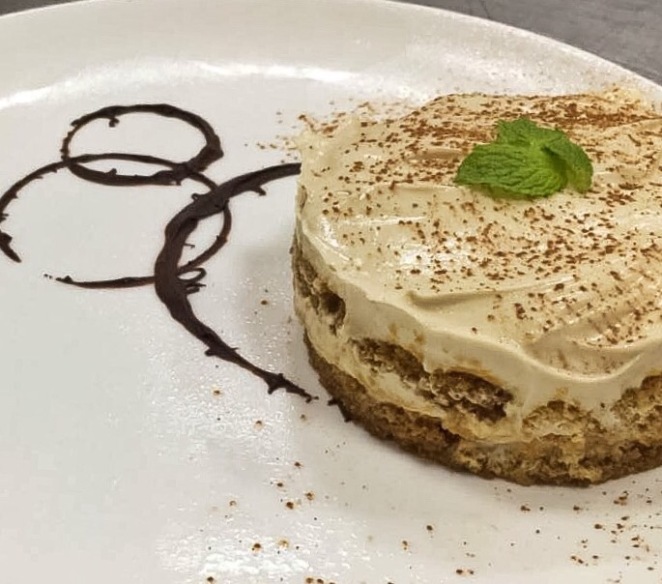Smoking meats
We learnt how to smoke meats during our practicals this week. The flavour produced was incomparable to any other cooking technique I have ever tried. The process was slow and required immense patience, but the delicious product we obtained was enough of a reward.
But it got me curious and I scoured Modernist Cuisine for answers. How does one cook meats with smoke?
Isn’t smoke just…floating soot?
Turns out smoking more complex than meets the eye. The smoke created from burning hardwood breaks down the cellulose in the wood. This cellulose turns into sugar, which caramelises thus creating pleasant flavour compounds. Lignin in wood changes into aromatics, which lend the smoky flavor to your food as well as play the role of a preservative by becoming a coating on the outside of meat that bacteria doesn’t flourish on.
So the flavour compounds generated in the smoke largely depends on the type of wood/fuel (like tea leaves, grape vine and… cow dung cakes, ew)you use.

Also, I was wrong. Smoke is much more complex than a simple gas. It is a mixture of all three states of matter: a blend of solid particles of soot, tiny droplets of liquid suspended in air and vaporised chemicals.
Now these vaporised organic chemicals float about in the smoke and land on the surface of the meat. They adhere directly on the food and adsorb (not absorb) which means they stick to the surface of the meat and the vapours, oils and tars from the smoke react with the tiny compounds on the surface of the food (amino acids, sugars and starches) and polymerises into a glossy resin sheen called ‘pellicle’.
 These aromatic compounds slowly penetrate through the tissue channels and impart their flavour deep into the tissue of the meat.
These aromatic compounds slowly penetrate through the tissue channels and impart their flavour deep into the tissue of the meat.
Smoking also helps preserve food from going rancid as the volatile chemicals coat the food surface and slows down the bacterial growth and spoilage.
Few important points to be aware of:
- Tight control of smoke (temperature, humidity) in the chamber must be maintained to release the right volatile gases.
- The food should be moist enough to allow these organic compounds in the vapour to stick adhere to the surface and then diffuse deep inside.
- Humidity control is of utmost importance.
















